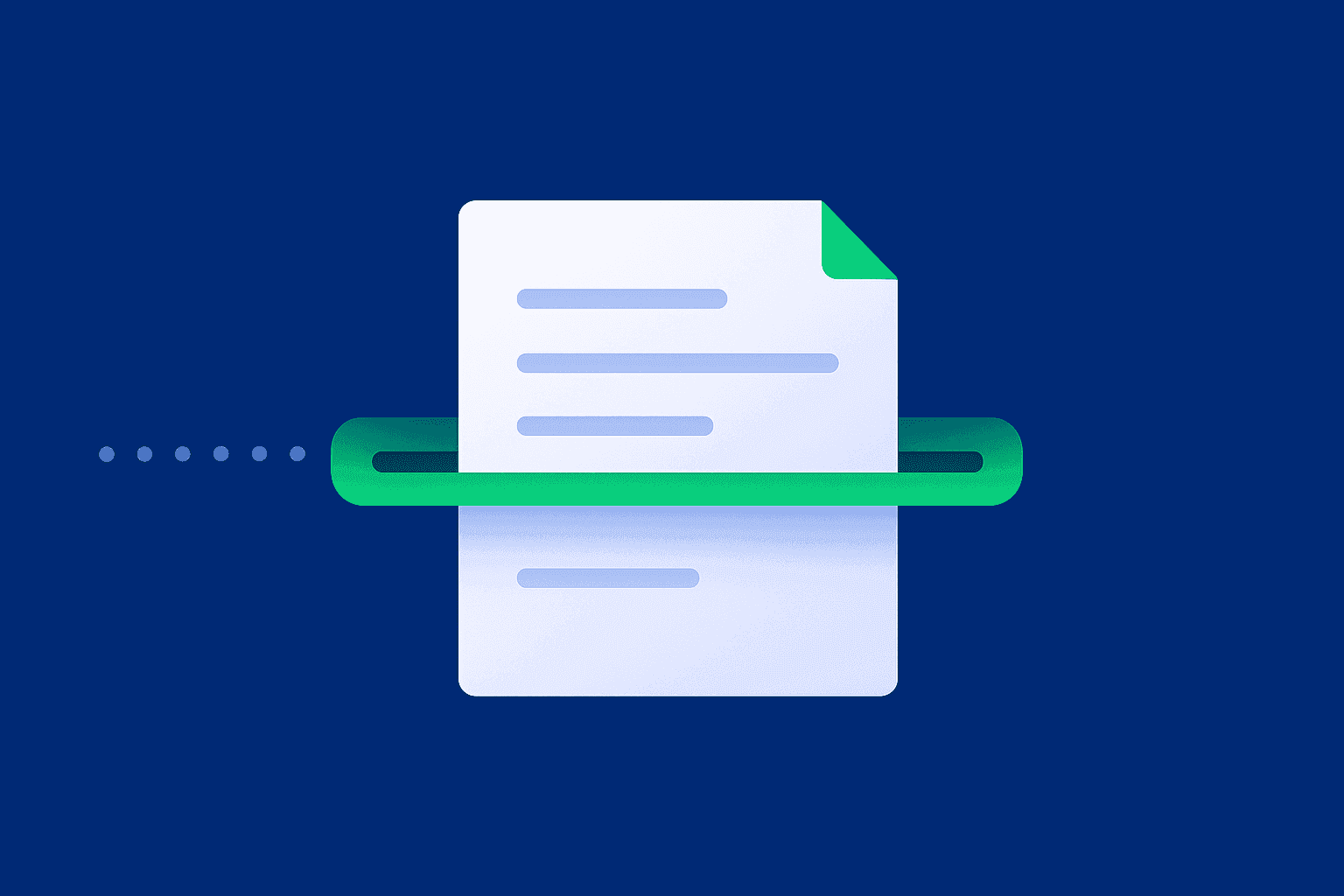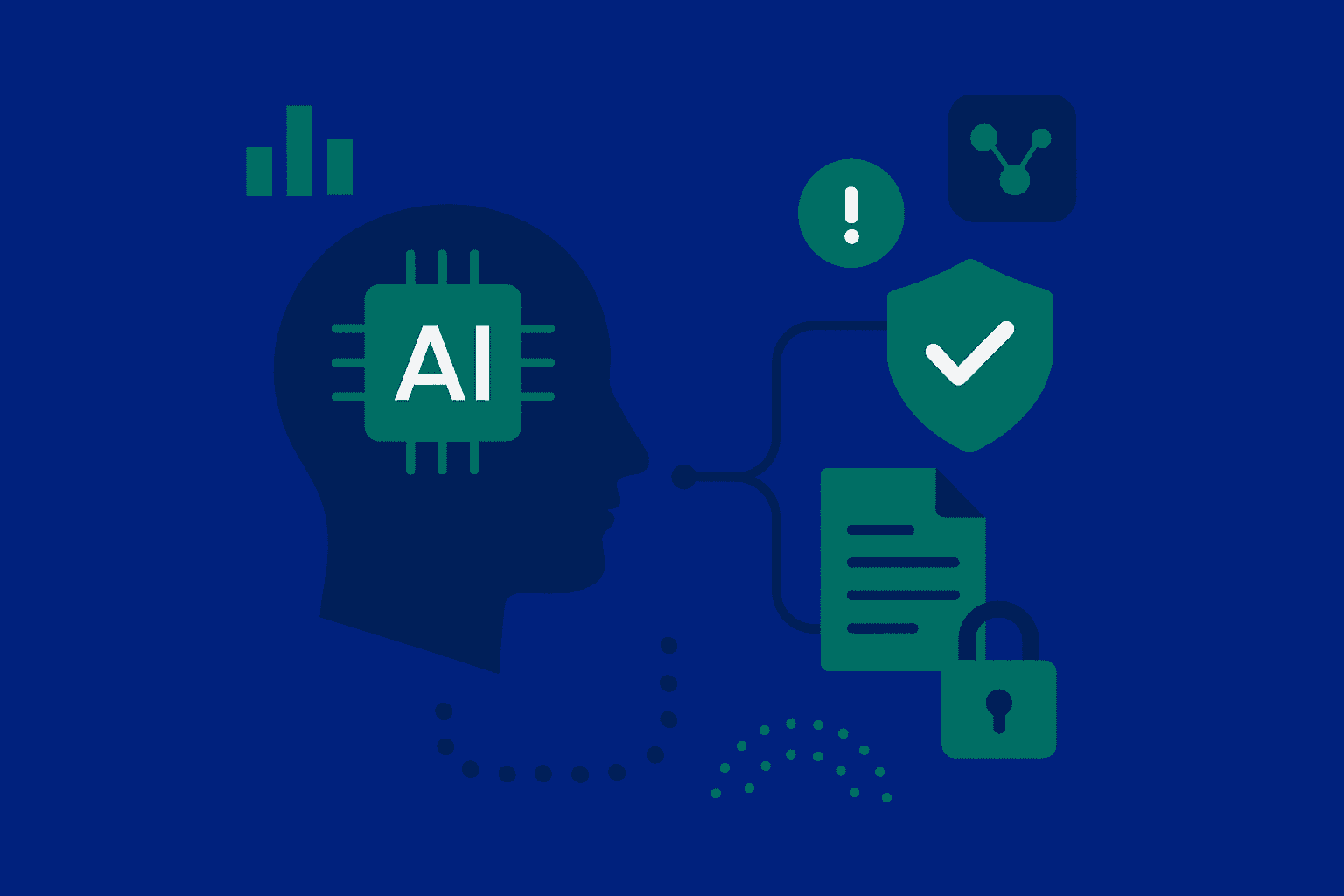What is EDPMS? (Export Data Processing & Monitoring System) – Benefits for Indian Exporters

Updated on 28th November 2025
TL;DR
- EDPMS is RBI’s system that helps banks track an export from shipping bill/SOFTEX → forex receipt → closure + eBRC.
- New update (Oct 1, 2025): if your EDPMS entry is ≤ ₹10 lakh, your AD bank can close it based on your declaration (even accept value reductions), including quarterly consolidated declarations. Banks are also asked to review charges and not levy penal charges for regulatory delays.
- You can check shipping bill status via ICEGATE → Public Enquiries → RBI-SB-EDPMS Enquiry (status is public; rectification/FE realisation is under login).
What is EDPMS (Export Data Processing & Monitoring System)?
The Export Data Processing & Monitoring System (EDPMS) is RBI’s centralized portal for all export transactions. Launched in 2014, EDPMS replaced paperwork with an online workflow.
It tracks each shipment’s lifecycle – from the shipping bill to receipt of payment in one place. This means exporters spend less time on forms and bank visits. In fact, the RBI noted that EDPMS “eliminate[s] paper reporting” and significantly reduces banks' reporting". In practice, using EDPMS ensures your export is recorded end-to-end so you get faster clearances and secure payments.
Most importantly for Indian exporters, EDPMS is mandated for physical goods and software exports. It ensures exports comply with FEMA regulations. Once your shipping documents (invoice, bill of lading, etc.) are filed, your bank enters the details into the EDPMS portal. When the payment arrives, the bank updates EDPMS with the Foreign Inward Remittance Advice (FIRA). Your export is then closed on EDPMS, and you receive the electronic Bank Realization Certificate (e-BRC) to claim GST refunds or incentives
What is EDPMS?
The Export Data Processing and Monitoring System (EDPMS) is an online platform introduced by the Reserve Bank of India (RBI) in 2024 to enhance the efficiency of monitoring export transactions in India.
Launched on March 1, 2014, The Export Data Processing and Monitoring System (EDPMS) is a central system that:
- Tracks exports from start to finish in India
- Links with customs and banks
- Monitors shipments and payments coming into India
Why EDPMS Matters: Key Benefits for Exporters
- Faster Payments: EDPMS gives RBI and your bank real-time visibility into shipments. Banks can quickly match payments to your shipping bills, so all payments due to Indian exporters are received and accounted for. This means quicker release of funds into your account.
- Smoother Compliance: By centralising export data, EDPMS automates reporting. As one industry source puts it, it “ensures adherence to RBI guidelines and foreign exchange regulations,” helping you avoid penalties.
- Less Paperwork: Before EDPMS, exporters dealt with stacks of forms. Now the process is digital. The RBI press release highlights EDPMS as a “major green initiative” that eliminates paper and manual data entry. You can focus on your business instead of bank corridors.
- Full Transparency: EDPMS links customs and banks, so you can see the status of your export online. The system “turns a fragmented process into a smooth, end-to-end digital workflow. You’ll know when your shipment is accepted, when payment is pending, and when it’s finally closed.
- Claim Incentives & GST Refunds: After your bank closes the export in EDPMS, it issues a Foreign Inward Remittance Advice (FIRA) or eBRC. These are necessary proofs to claim export incentives and GST refunds. Proper EDPMS use ensures you get these benefits smoothly.
Who Needs EDPMS?
All physical goods and software exporters covered under SOFTEX from India must use EDPMS. This includes MSMEs, Amazon Global Sellers, ecommerce exporters, and other new-age exporters shipping abroad.
Freelancers providing services generally do not use EDPMS, since they don’t file shipping bills. If you export goods or software, ensure every consignment and remittance is reported in EDPMS to avoid issues
Who is EDPMS relevant to?
EDPMS is primarily for:
- Goods and software exporters who are involved in shipping bills and SOFTEX forms. Exporters must fill out a SOFTEX form to declare the value of their exports and ensure compliance with the RBI under the Foreign Exchange Management Act (FEMA). SOFTEX forms are specifically designed for exporters of software transmitted through virtual data communication links. For physical exports, you don’t need to fill out a SOFTEX form
- Banks use EDPMS to download shipping bills, match datasets with inward remittances and export proceeds, and track the status of consignments exported. EDPMS helps banks verify and allow exporters to claim their benefits quickly
EDPMS clearance is a must for exporters in India. If exporters fail to comply with the EDPMS requirements, their banks may place them on a caution list (more on this later). This listing can have severe implications, including increased scrutiny from regulatory bodies and potential disruptions to their export activities.
Note that if you are a freelancer offering services to international clients, you don’t need to worry about EDPMS status. The majority of freelancing services don’t fall under the traditional definition of export. If you don’t use SOFTEX forms, you don’t need to register your transactions in EDPMS.
How to Use EDPMS (Simple Steps)
- Register your IEC with a bank. Make sure your Exporter Importer Code (IEC) is linked to your authorised bank in the EDPMS portal.
- Export your goods and obtain a shipping bill. File the shipping bill at customs as usual. Ensure all export documents (invoice, packing list, bill of lading, Softex form if applicable) are ready.
- Submit documents to the bank within 21 days: Give your bank the duplicate shipping bill, invoice, etc. The bank will upload the shipping bill data into EDPMS (status: Pending Acknowledgement).
- Track payment via EDPMS: Once your foreign buyer makes the payment, your bank receives the Inward Remittance and issues a FIRA (Foreign Inward Remittance Advice) as proof of receipt. The bank then updates EDPMS with the payment details (status: Payment). You can track the payment status using the RBI-EDPMS enquiry feature on ICEGATE or by contacting your bank.
- Close the export on EDPMS: After verifying the export documents and matching them with the payment, the bank generates an e-BRC (Electronic Bank Realisation Certificate). This certificate confirms export closure on EDPMS and is required to claim GST refunds or export incentives. You can download the e-BRC from the DGFT portal for your records.
EDPMS status can be viewed on ICEGATE (select Public Enquiries > RBI-SB-EDPMS Enquiry and enter your shipping bill number and date)
Faster closure for small-value entries (Oct 2025)
For entries up to ₹10 lakh per shipping bill, banks can reconcile/close EDPMS based on exporter declaration, accept invoice value reductions on the same declaration, and even take quarterly consolidated declarations. Banks also need to review charges and avoid penal charges for regulatory delays.
What is the EDPMS Caution List?
The EDPMS Caution List is RBI’s way of flagging exporters who have pending export payments or compliance issues.
If an exporter doesn’t receive payment for a shipment or fails to close their shipping bill on time in EDPMS, they risk being added to this list. As per FEMA guidelines, all export shipping bills must be closed within 9 months of shipment.
What happens if you’re on the caution list?
- Your future export shipments may get flagged or delayed.
- You may be denied access to export benefits or incentives.
- Every new transaction could come under increased scrutiny by banks or customs.
Is it still automatic?
Not anymore. Earlier (as per RBI’s 2016 circular), exporters were automatically added to the caution list if a shipping bill wasn’t closed within 2 years. This caused genuine exporters to be penalised due to delays beyond their control (like importer fraud or disputes).
But in October 2020, RBI updated the system. Now, AD Category-I banks (your authorised dealer banks) have the discretion to manually add exporters to the caution list if they suspect something unusual.
✅ Tip: Always follow up on payments and coordinate with your bank to close shipping bills on EDPMS in time. It helps avoid delays and keeps your record clean.
EDPMS vs. IDPMS: What’s the Difference?
While both EDPMS and IDPMS (Import Data Processing and Monitoring System) are essential tools for monitoring trade activities in India, EDPMS is specifically designed for managing export transactions, ensuring exporters' compliance, and facilitating the tracking of export-related financial data.
In contrast, IDPMS focuses on import transactions, ensuring all necessary documentation is in place for goods entering the country.
To summarise, EDPMS focuses on exports, and IDPMS focuses on imports. The detailed differences between EDPMS and IDPMS are as follows:
| Factors | EDPMS | IDPMS |
| Purpose | Monitors export transactions and ensures compliance with regulations for exporters. | Monitors import transactions and ensure importers' compliance |
| Focus Area | Primarily, it focuses on the export of goods and services from India. | Primarily, it focuses on the import of goods into India. |
| Transaction Type | Deals with export bills, shipping bills, and foreign inward remittance certificates (FIRC). | Handles import bills, evidence of import, and settlement of bills of entry (BoE). |
| Caution Listing | Maintains a caution list for exporters whose transactions are improperly reported or realised. | It may also have a caution list but focuses on compliance issues related to imports. |
| System Features | Includes modules for reporting advance remittances for exports, tracking shipping bills, and managing electronic bank realisation certificates (eBRC). | Includes operational procedures for managing advance remittances for imports, settlement processes, and verification of import evidence. |
Role of Skydo in Streamlining Compliance
Skydo streamlines compliance for Indian exporters and freelancers engaged in international trade. It automates critical processes such as FIRA generation, purpose code management, and KYC procedures, simplifying regulatory compliance.
Skydo's real-time tracking and reporting features ensure transparency. Skydo also facilitates GST compliance, making it easier for exporters to claim refunds.
With its centralised approach, Skydo significantly reduces the administrative burden associated with international payments.
Want to explore Skydo first-hand?
What is the difference between EDPMS and IDPMS?
EDPMS focuses on export transactions, ensuring exporters' compliance and tracking export-related financial data. IDPMS (Import Data Processing and Monitoring System) focuses on import transactions, providing necessary documentation for goods entering the country and importers' compliance.
How do I check my EDPMS status?
What is the full form of EDPMS?
Who needs to use EDPMS?
How does EDPMS help exporters?
What is the difference between FIRA and e-BRC?
Where can I check the status of my EDPMS entry?
What happens if I don’t update EDPMS on time?
7. Is EDPMS applicable for service exporters?












